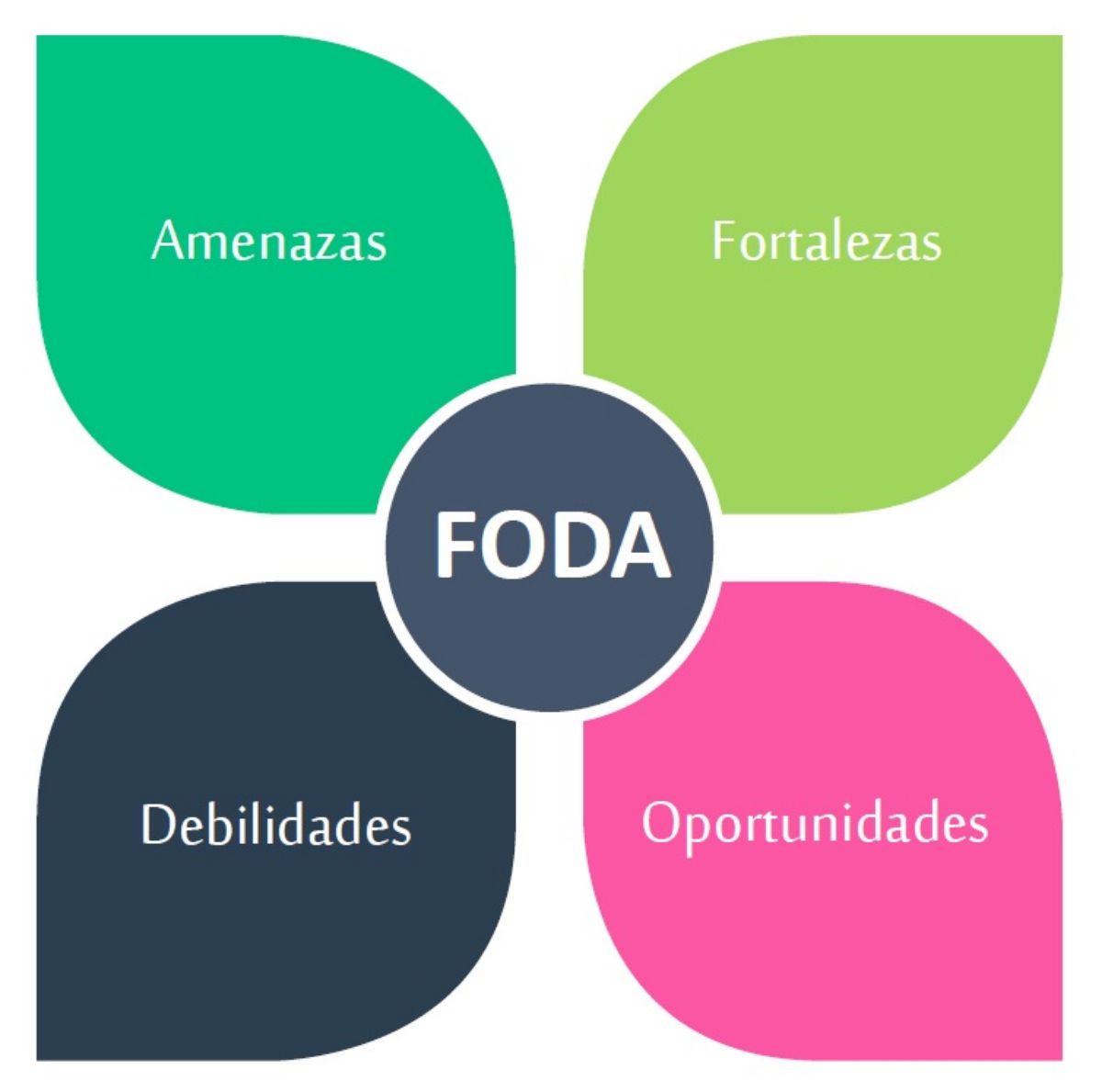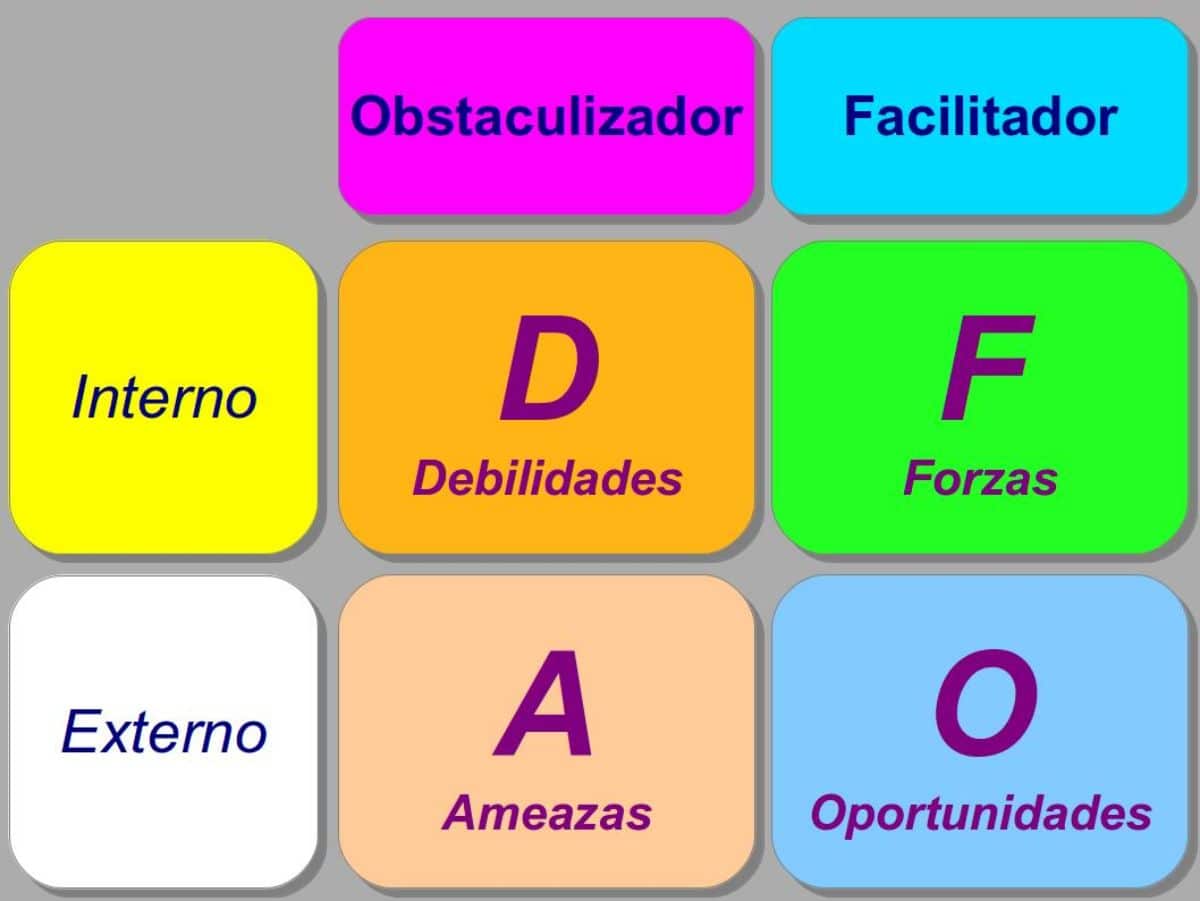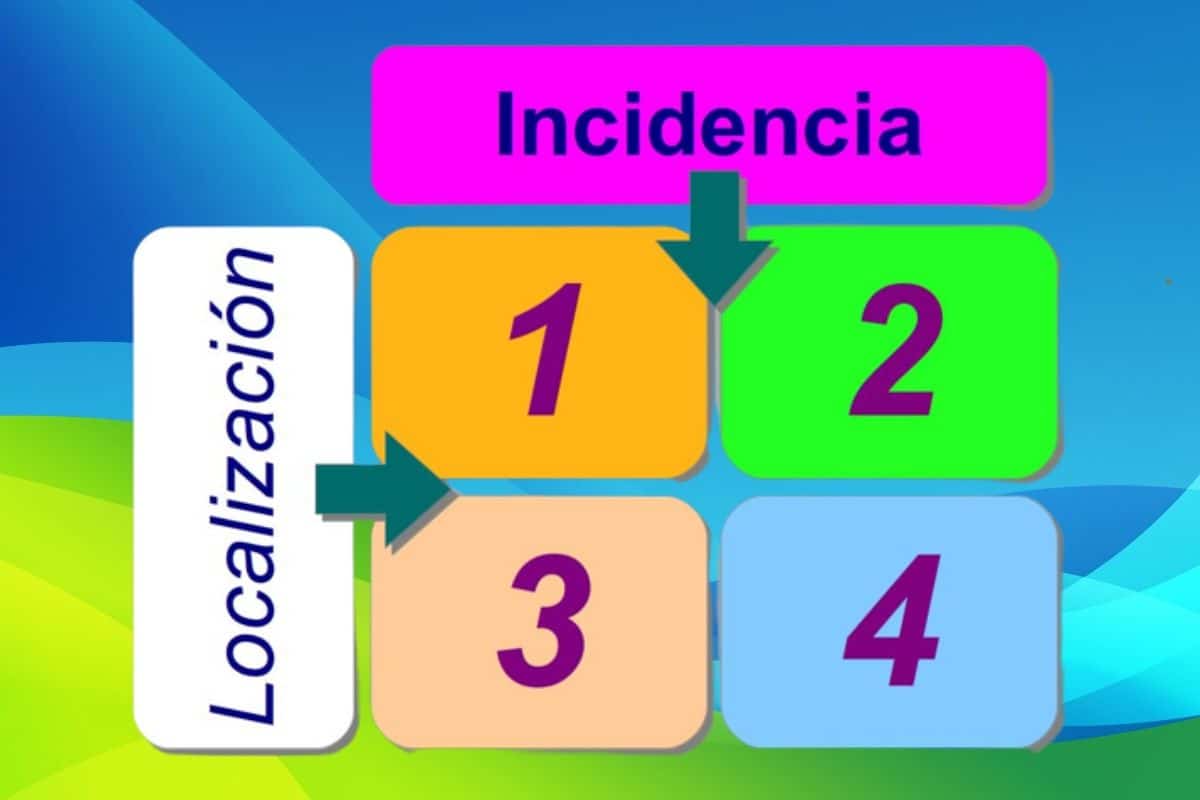
Whether it is to undertake, because you have a company, or simply for your personal brand, One of the most important analyzes that helps you to know more about your business is the SWOT. But what is SWOT?
If you've always seen it but haven't understood it, if you've been asked to do it, or want to learn how to do it and then don't get hit with it about what's wrong, then we'll give you all the details and advice on what SWOT is and how build it solidly. Shall we start?
What is SWOT

The SWOT analysis, too known in the United States and outside of Spain as SWOT analysis, is a painting divided into four parts. Each of them defines what are the strengths, opportunities, weaknesses and threats that a project has.
So that you understand it better. Imagine you have a business in mind. You want to sell t-shirts customized by users. Your strength is the same, to give a product that customers will really like. Your chance, a niche that is not too crowded and that allows customizations to be offered to customers so that they can design their clothes at reasonable prices. Now, what weaknesses do you have? Well, you're starting, you don't have a tour and also they don't know you. And threats? The competition.
Roughly speaking, that is a SWOT analysis. It is about identifying what is “special” about your business and at the same time what shortcomings or problems you may have a priori.
Actually the name of DAFO comes because each of the acronyms mentions what we have told you before: D, of weaknesses; A, of threats; F, for strengths; and O, of opportunities.
Visually, the SWOT analysis is represented as a large box that, in turn, is divided into four small ones. They are usually put in the following order: Strengths, Weaknesses, Opportunities, Threats. And it has been around since it was developed in the 60s-70s in the United States. In fact, we owe it to M. Dosher, O. Benepe, A. Humphrey, Birger Lie, and R. Stewart.
The importance of the SWOT is quite great. Many companies, investors, etc. They ask for this type of analysis because it is an objective way of assessing the profitability or not of a business. And it is that when drawing up the table you should not be left alone with a strength, a weakness... but you have to analyze the business from these four points of view in order to get to know it in depth, to know how good it is, but also the bad.
Strengths, opportunities, weaknesses and threats

Now that you know what SWOT is, we must warn you that doing so is not easy.. It may seem so, but at the moment of truth, to get information about the business, it is not. That is why it is important to break down and know what should go in each box and how to analyze the business in that regard.
And that is what we are going to do next.
Castles and Fortresses
We start the SWOT with the strengths. Here you must collect everything that your business offers and makes you strong. We continue with the example of the custom t-shirt store. Your strength is the ability for customers to make their own t-shirt. But you can also have as strength in the special packaging, in the terms that you are going to apply, on the web…
In short, you have to answer “What is it that you could excel at or do better than others?”. And here you must establish all the good things that your business would have. Of course, always realistic. For example, if you say that you are going to make special packaging for each of your clients based on the design of the t-shirt, it can be beautiful. Remarkable. But realistic? Can you bear the cost that that would equal and would it compensate you so that the company didn't go under?
When analyzing your strengths for the business, always do it with your head on your shoulders, without thinking about fantasies or that your business has infinite capital and you don't need benefits. That's not to say it can't be done. You could consider it, of course, but always analyzing if it is something profitable or that it can make you lose a lot.
Weaknesses
The opposite part to the strengths are the weaknesses. That is to say, if before you put everything that you are good at or everything that the business has that is good, now you must put yourself on the other side and talk about the shortcomings it has.
It's something like heads (everything good) and tails (everything bad ahead of you). And we already tell you that there is a lot of bad. In any business.
With the example that we have been dragging, we can have, as bad, the fact of not having all the sizes of shirts. Or that we do have variety but the size is larger or smaller than what is needed. Another weakness of your business may be due to the payment methods. Maybe you only accept credit card. And many are reluctant to use it, especially in a business they have just met.
These weaknesses should also be seen as strengths in the sense that they are things that are holding you back in your business right now, but you can fix them and turn them into strengths over time.
Opportunities

Opportunities can be analyzed as skills or capabilities that could improve that business. For example, that you have a weakness in the payment of products and as an opportunity that you are in the process of introducing a new, more secure payment method that does not require so much trouble for customers.
These are not only possibilities for the weaknesses to be corrected, but also to see how to face the business of each to a possible expansion. For example, we have the custom t-shirt business. And an opportunity could be that there are more clothes to personalize: pants, underwear, swimsuits... All of this will increase your business and are opportunities to grow and consolidate it in the market.
Threats
Finally, we come to the threats, that is, everything that endangers your business not succeeding. And this means not only analyzing the competition, but also the market and even your own business (yes, you can also self-sabotage).
Let's go with examples. Your custom t-shirt business. As a threat you will have other stores and businesses that do the same. Perhaps the pricing policy is much cheaper with them than with you.
But apart from the competition, what threats would you have with customers? For example, that they choose the wrong sizes and have a bad experience; who do not know how to follow the process to make their product...
Is it clearer to you now what SWOT is?